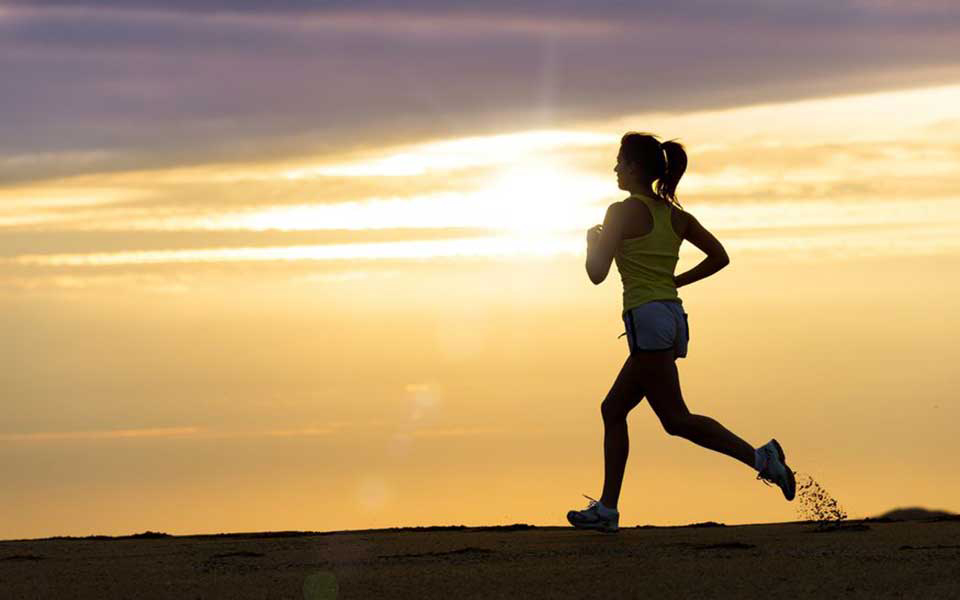Are Running And Yoga Giving You The Benefits Of Meditation?
I recently read a blog post suggesting we broaden our meditation perspective. The author reassured people that there are many other things that you can do to get the benefits of a mindfulness practice without meditating. Activities like running, bubble baths, walking, yoga, painting, cycling, and listening to music were on the list.
As a meditation teacher who’s been teaching and practicing meditation for years, I’d like to share my experience and reflections.
I think it’s important because I don’t want people engaging in these activities to assume that they’re getting the benefits of meditation and mindfulness if they’re not.
It’s helpful to have a deeper understanding of what is considered a meditation and mindfulness practice.
Are running, walking, yoga and other repetitive activities considered meditation?
The short answer is that it depends.
I’ve been a runner for many years. For most of those years, I’d put on my running shoes, grab my iPhone, pop in my earbuds, and then head out. I’d only leave the earbuds at home if I had a friend to run with me. Then, for most of my run, I would focus on what I was listening to or chatting with my friend. Music or my friend served to distract me from the boredom and discomfort of the run. The only time I would notice my breath was when I was gasping for air on a hill. When I ran, I needed my mind to be distracted and not feel discomfort.
Engaging in an activity where you create the conditions for your mind to tune out rather than tune in is not considered meditation or mindfulness.
That also goes for yoga. When I ask my new clients about their meditation experience, I often hear “a little bit through yoga.”
Most of these people tell me they have no idea what to do with their minds, whether during yoga, running, walking, or laundry.
The key to whether the activity we engage in helps us build our mindfulness muscle is not what we do but how we do it.
It’s honestly not about the running or the activity; it’s about the awareness that we bring (or don’t) to our actions. For example, when we consciously engage in an activity and then fully present with our thoughts, feelings, bodily sensations, and surroundings, we practice mindfulness.
Bringing mindfulness to activities also involves our relationship with our thoughts, feelings, and body.
When we’re mindful, we’re not trying to distract ourselves from the discomfort or negative thoughts about how challenging something is; instead, we bring awareness and curiosity to our experiences in a kind and compassionate way.
Mindfulness enables us to build our capacity to be with experiences and sensations that we might naturally tend to distract, suppress, or numb.
I also want to point out that there is no debate about the physical benefits of running, yoga, music, bubble baths, etc. There is ample research to support this. However, engaging in these activities in and of themselves doesn’t necessarily equate to being more mindful or enhancing our ability to concentrate or deal with our feelings.
I’ve heard so many runners say that they injure themselves because they can only feel calm inside by pushing themselves to total exhaustion. The critical point here is that most people don’t know how to calm themselves from the inside out. We don’t know how to deal with our feelings, discomfort, or repetitive, habitual thoughts.
What do we do instead?
We make a conscious choice about how we will engage in an activity.
Of course, we can still listen to music and podcasts when running or walking. But let’s not fool ourselves into thinking we’re meditating.
Meditating and practicing mindfulness in our everyday life shifts how we do everything. It changes how we react in traffic when we’re cut off. And we may respond differently to our child’s temper tantrum in the grocery store.
In summary, we practice mindfulness when we bring a specific type of awareness to an activity. The challenge for most of us is that we must first learn how to do that.
Please leave a comment below. Our community would love to hear from you!
(Originally published June 2018. Updated February 2023)

